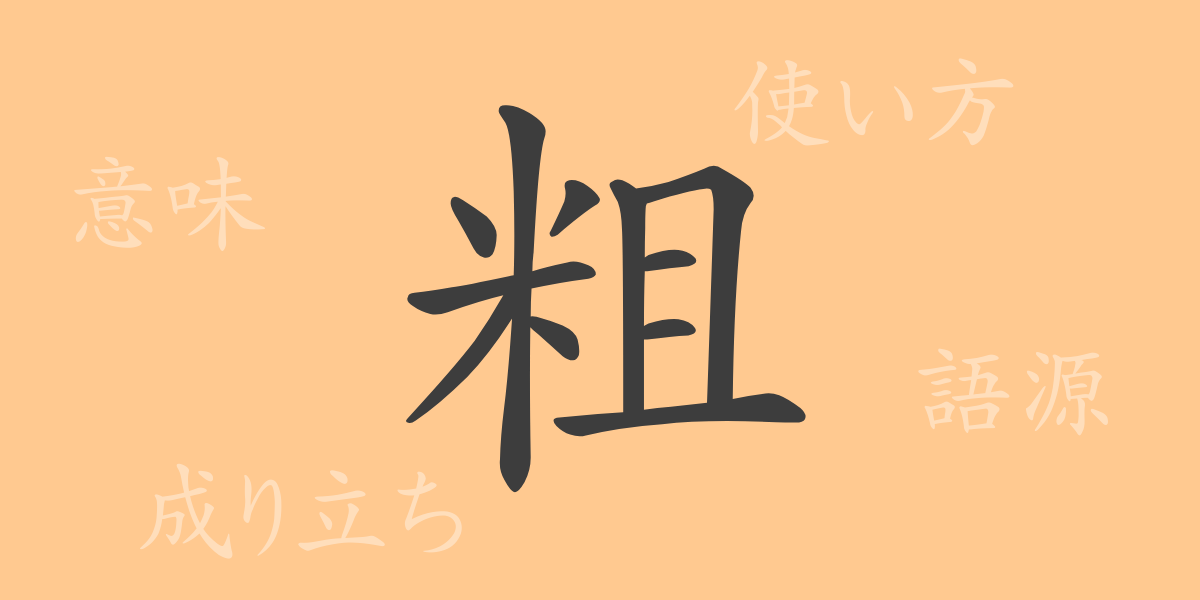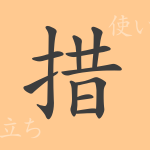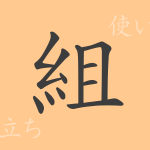The beauty of the Japanese language is significantly enhanced by its complex and rich character system, with Kanji at its core, an essential part of Japan’s culture and language. This article focuses on the commonly used Kanji “粗” (ソ), delving deep into its origins, meanings, usage, and even the idioms and proverbs associated with it. Our aim is for readers to gain a deeper understanding and mastery of the Kanji “粗” (ソ).
Origins of 粗 (ソ)
The Kanji “粗” (ソ) is comprised of the radical “米” (コメヘン), meaning rice, and the phonetic “且” (シカ), indicating sound. Originally, this combination was used to describe rough or coarse grains like “粗米” (ソマイ) or “粗末” (ソマツ) during rice milling. Over time, this character has come to represent a broader range of meanings such as low quality, roughness, and crudeness.
Meaning and Usage of 粗 (ソ)
“粗” (ソ) primarily conveys meanings like “coarse,” “rough,” or “of low quality.” It is specifically used to describe something that lacks detail or is executed poorly. Additionally, the term “粗探し” (アラタンシ) refers to the act of looking for flaws or faults.
Readings, Stroke Count, and Radical of 粗 (ソ)
Let’s explore how the Kanji “粗” (ソ) is used and its features:
- Readings: The on’yomi (Sino-Japanese reading) is “ソ” (ソ), and the kun’yomi (native Japanese readings) are “あら.い” (アライ), “あら-” (アラ).
- Stroke Count: “粗” (ソ) consists of a total of 10 strokes.
- Radical: The radical is “米” (コメヘン).
Idioms and Proverbs Using 粗 (ソ) and Their Meanings
There are several idioms and proverbs that include “粗” (ソ), such as:
- 粗品 (ソヒン): A small gift of relatively low value.
- 粗末 (ソマツ): Treating things without care or of poor quality.
- 粗探し (アラタンシ): The act of looking for flaws or problems.
- 粗忽 (ソコツ): Being careless or negligent.
- 粗大ゴミ (ソダイゴミ): Large and bulky trash.
These expressions are commonly used in everyday life and are crucial for understanding the nuances of the Japanese language.
Summary on 粗 (ソ)
The Kanji “粗” (ソ) is frequently used in Japanese to express qualities of coarseness, roughness, or low quality. Understanding its readings and meanings allows for more precise use of the Japanese language. Additionally, learning idioms and phrases that include “粗” (ソ) can expand one’s vocabulary and enrich expressive capabilities. We hope this article serves as a helpful guide in deepening your understanding of the Kanji “粗” (ソ).

























